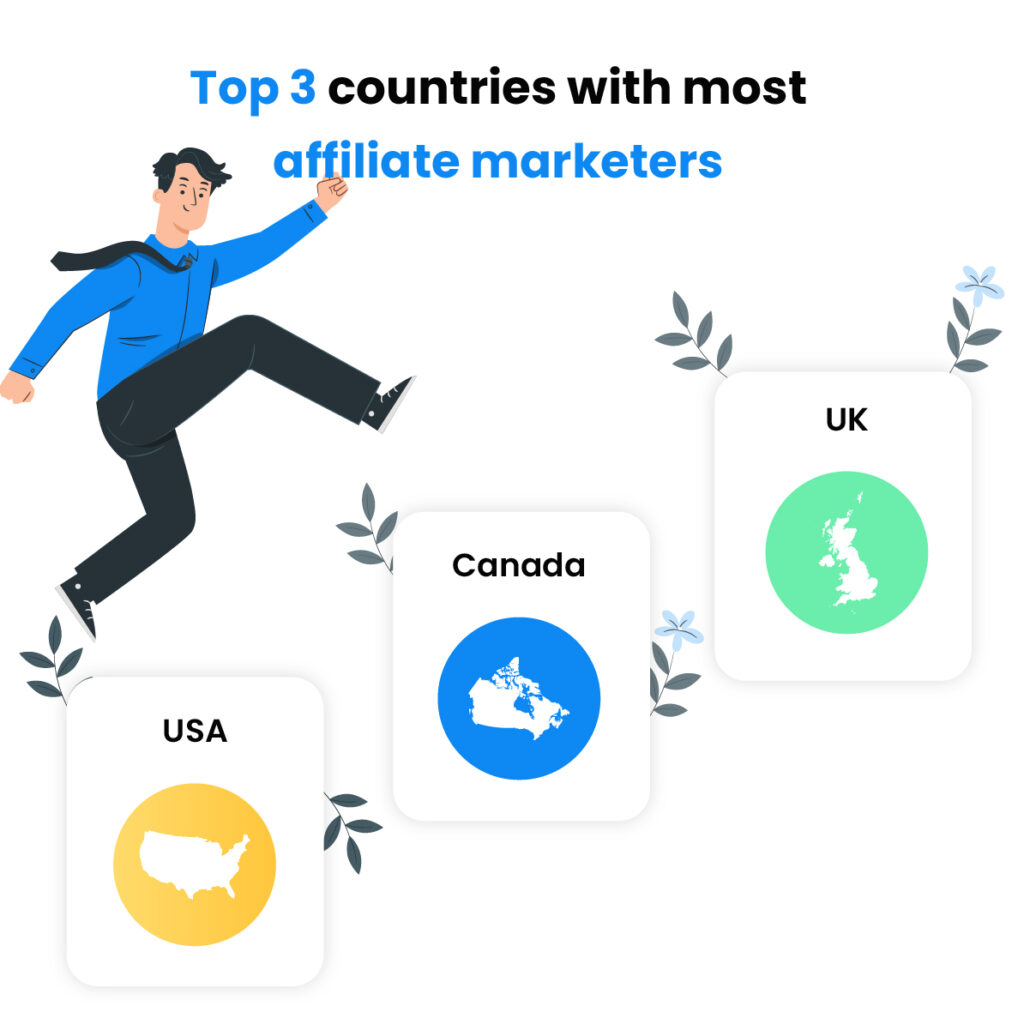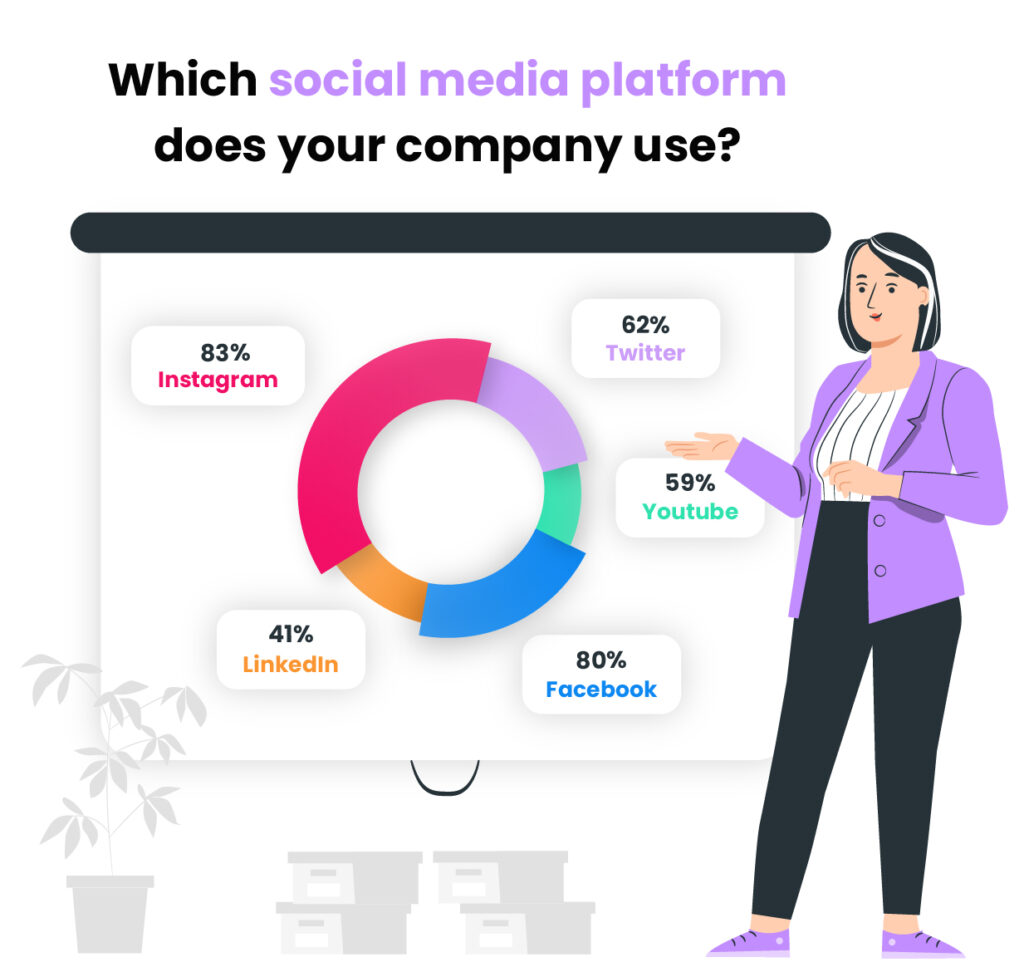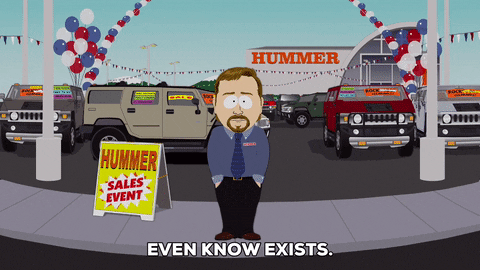When I started out in affiliate marketing, I had a hard time making the first sale. I had years of experience as a programmer, in search engine optimization, setting up websites, and with SEM. Working as a publisher was new territory. All of the websites I had worked with in the past owned the products they sold. A few had affiliate programs of their own. Although I had a few affiliate links on my website, I had never truly dedicated any serious time to being a publisher.
When the economy took a downturn and several of my consulting clients tightened their budgets, I decided to turn affiliate marketing into a full-time gig. I chose to focus on ticketing for concerts, sports, and theatre. Entertainment is a discretionary expenditure. It is also a form of escapism, and therefore one of the last things given up in economic downturns.
Earning the first few sales was a challenge! My experience and internet skills removed the technical barriers. However, getting people to buy tickets for sporting events and shows all over the US was still a learning experience!
I’m setting up a new niche website that will be monetized with ads, affiliate links and my own leaning materials. Here are my top priorities and lessons learned.
1. Work On The Timing
One common misunderstanding that corporate workers have about entrepreneurs is that we can work any time we feel like it. Successful entrepreneurs know that we tend to work all of the time, especially during the startup phase. Affiliate marketing is no different. You will have to work – or at least have some automated processes working – twenty-four hours per day until you get the timing right.
My initial ads not only failed to convert, they also didn’t deliver traffic to the landing pages. Not good! Paying close attention to my website’s analytics told me what time of day click-throughs occurred. With some experimentation, I eventually figured out what days and times earned the most clicks. After that, I adjusted the ad text until I made one sale. Just one. From there, I got to one sale per week.
Eventually I was up to six to 15 sales per day. It took time to figure out the sweet spots for selling each ticket genre. Theatregoers bought in advance. Concertgoers bought madly when ticket sales were announced, then again when the show date approached. Playoff fans bought the same night their team advanced in the playoffs.

2. Understand Your Audience
Take the time to learn who is likely to buy your affiliate offer. I once consulted for a client who was selling luxury European travel to Americans. Their low-end trips started at around $5,000 per night. When I met them, they were running AdWords advertisements nationwide with no behavior or demographical targeting to focus the budget. This was despite the fact that their typical customer had a household income well over $250k per year along with a history of prior leisure travel. An ad dollar spent on someone making less money was a waste.
Understanding who would want to buy your offer is just as important as who can afford it. Once you have a clear understanding of who will buy, you will be able to use your analytics to adjust the timing and content.

3. Tailor The Content
Before I committed to making this work, my website only had a few affiliate links sprinkled on random pages. The links were not well thought out and the offers were not necessarily good matches for my website audiences. My strategy was more like a fishing expedition for stray clicks rather than a focused campaign.
Once I developed web content that matched the viewer to the type of ticket I was trying to sell, the sales picked up. I bought more domain names so I could customize the content to the performer or show. I spent long days tailoring page content and links to my audience. At one point, I had 200 websites. Two site had all of the offers on them, the rest were extremely tailored websites that sold tickets to only one specific team or show. About ten of them made 80% of the sales.
Videos are one of the best ways to tell a story or demonstrate a product. Adding video content to your landing pages also helps to make a personal connection and build trust with potential customers. Smartphone videos are perfectly acceptable as long as the images are clear and the sound quality is very good – if there is any sound at all.
Use videos to show how a product can solve a particular problem. They also add interest to a web page and increase the click-through rates in emails.

4. Set Up Tracking
There is no such thing as too much data! The more you know about your websites and app visitors, the better you can tailor the content. Add analytics and social media tracking throughout your website. You will gain an understanding of where viewers come from, what advertising is working, and which social media channels convert best! The extra effort will save time and money.
Note: Be sure to update your privacy policy to disclose all tracking measures.
5. Make It Easy
This applies to all forms of marketing. The more convenient it is for a website or app visitor to buy, the more conversions you will make. If your site is difficult the buy from including slow loading pages and tedious login pages, then take the time to get the purchase process working well before moving onto to marketing.
A metric from one of my consulting clients that told us every single click on the path to entering credit card information caused users to drop off at the rate of 25% per click! Ouch. Force your users to endure four clicks through an annoying shopping cart or registration and watch your sales plummet. Set up tracking and figure out where a website’s trouble spots are.
6. Go To Your Audience
Now that you know where your website visitors come from, meet them where they live online. Your average twenty-eight year old is no longer using Facebook as their primary social media app. They are most likely on Instagram and one or more messaging apps.
If you are short on time or cannot afford to work with on multiple channels (organically or paid), then focus on one or two, master them and then take on another. Start with the one you are most comfortable and get confident before moving on.

Be careful of stagnating and being dependent on one channel. If a usage policy changes or worse yet, your account is banned, you could find yourself out-of-business overnight. Try to work with at least two advertising channels, for example Facebook and AdWords, to add stability and diversity to your strategy.
7. Don’t Be Too Salesy
I have a real life friend who is “that guy.” He is a Amazon affiliate. His Instagram is 100% product shots. His Facebook page is not much better. I unfollowed him last year because I was tired of all the salesmanship and he just did not strike me as authentic. There was never a single photo of him using any of these products, a helpful website post, or even a review. His social media following and I suspect his sales fail to thrive.
Do not hit your customer up for money every time you make contact. Always offer them other useful content. With event ticketing, this was super easy. I emailed concert announcement to past concert ticket buyers, posted game scores for sports fans, and tweeted the results of awards shows to theatregoers. This kept me on their minds for the next time they wanted a ticket. If I were selling something at every single touch point, I would find myself tuned out!

8. Stay Current With Technology
Technology changes and so should you. Remember those 200 websites I mentioned? Seven years ago, they were raking in cash, now they would be what is referred to as “thin content” websites. That means Google.com is no longer amused by my SEO ninja tricks and pushed my sites down a few pages in the SERPS. In response, I narrowed down my strategy and now have highly fewer, more focused websites with a lot more content.
If you are using social media or SEM stay on top of policy changes especially if you offer anything in adult categories like alcohol or gambling. Mobile-friendly design has evolved into “mobile-first.” Securing websites with SSL is now also one of many SEO ranking factors. Google tweaks their algorithm now and then, so be sure to subscribe to a few newsletters and develop a relationship with your affiliate account manager. Both can educate you about updates.

9. Authenticity Matters. Sell What You Love!
Word of mouth recommendations hold tremendous power over our buying decisions. We are more likely to buy (or not) based on the recommendations of others, even when a review comes from a total stranger. That is why influencer marketing is so effective!
Your affiliate strategy is authentic when you include content and reviews about products that you actually use and enjoy. Moreover, it will help you avoid a those thin content website!
10. Seek Out People That Support Your Vision
I remember having lunch with a friend and telling him that I was now a full-time affiliate marketer. Although he did not say much, I spotted the flash of distaste flash across his face. He was a very successful brick-and-mortar businessman who was obviously not going to talk shop with someone he perceived as beneath him – yours truly.
Although I know I could have learned a lot from him, I brushed it off, sought out others who were more successful, experienced than I was, and learned all I could from them. In the end, I was a very successful publisher! I had top–selling websites and could let them autopilot themselves while taking some time off in the Caribbean.
Share this article
How to Create an SEO Affiliate Marketing Strategy
Explore how to effortlessly boost your online presence with SEO affiliate marketing. Learn essential tips for success, including the power of long-tail keywords, and discover the benefits of upfront investment. Optimize your affiliate marketing strategy with trusted tools like Post Affiliate Pro, and start earning without the hassles of product creation. Unlock the potential of SEO-driven traffic and maximize conversions today!
Affiliate marketing for beginners
Discover the essentials of affiliate marketing for beginners with Post Affiliate Pro. Learn how to build an audience, create engaging content, and use marketing channels to earn commissions. Unleash your passion for your niche, showcase products through video, and boost sales with special deals. Dive into the world of affiliate marketing today!
6 Things You Need To Know When Managing Affiliate Programs
Discover essential strategies for managing affiliate programs effectively, from detecting fraud and recruiting partners to keeping affiliates motivated and boosting their output. Learn expert tips to ensure your affiliate program's success.
How to become an affiliate marketer
Discover how to become a successful affiliate marketer with our comprehensive guide. Learn essential strategies, from building a personal brand and creating quality content, to choosing the right niche and products. Unlock the lucrative potential of affiliate marketing and boost your income today!
How To Find Affiliates to Sell Your Products
Discover over 10 successful strategies for finding high-quality affiliates in 2024 to boost your product sales. Learn to leverage influencers, join affiliate networks, and enhance your reach through SEO and social media. Maximize revenue with transparency and ongoing monitoring in your affiliate marketing program.
The 7 most common affiliate marketing questions answered
Discover the answers to the 7 most common affiliate marketing questions with our comprehensive guide! Learn how to get started, choose the right niche, and find reputable programs. Whether you're a beginner or looking to boost your affiliate earnings, this resource will guide you toward success in the affiliate marketing world. Visit now to unlock the potential of affiliate marketing!














